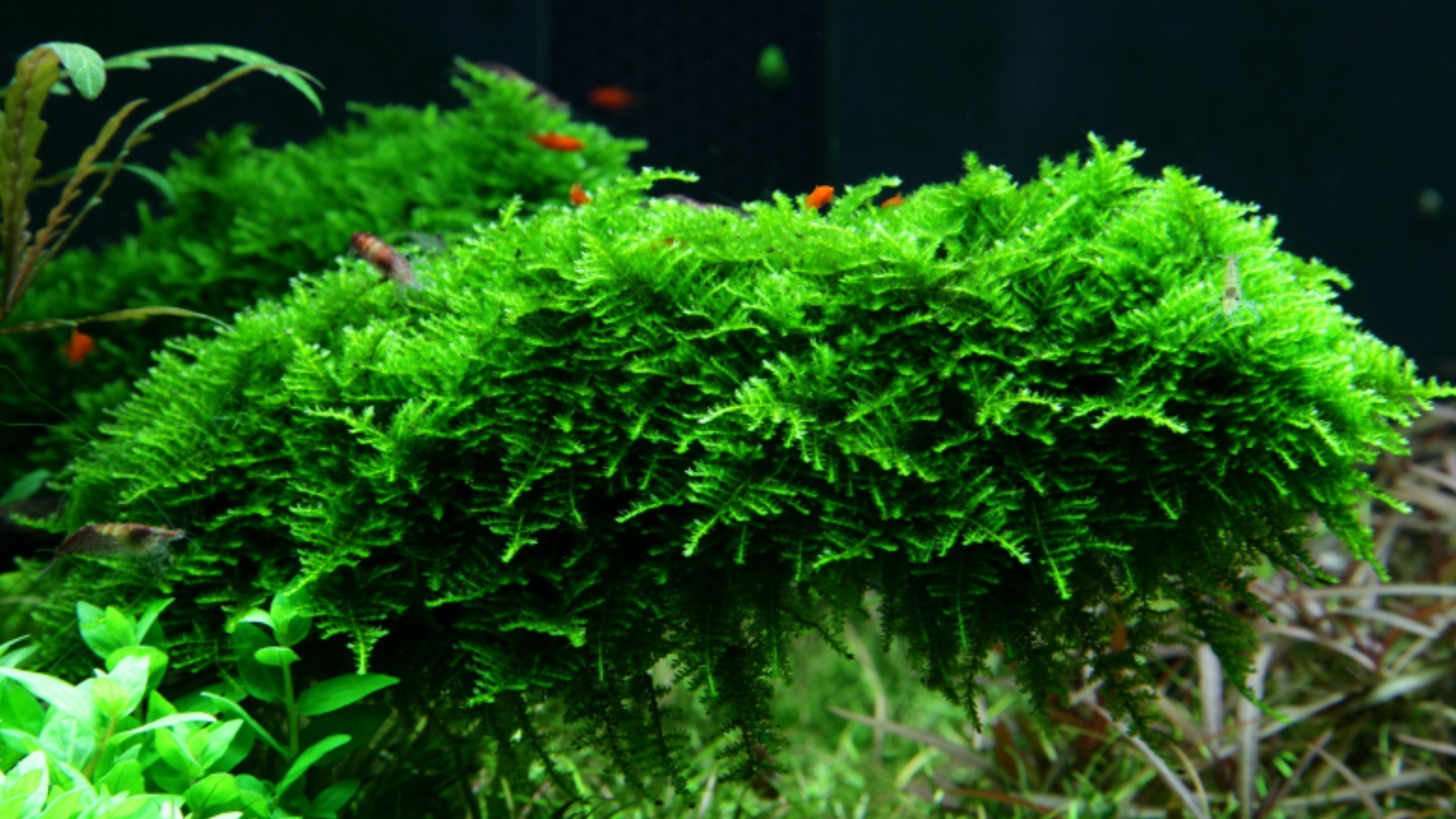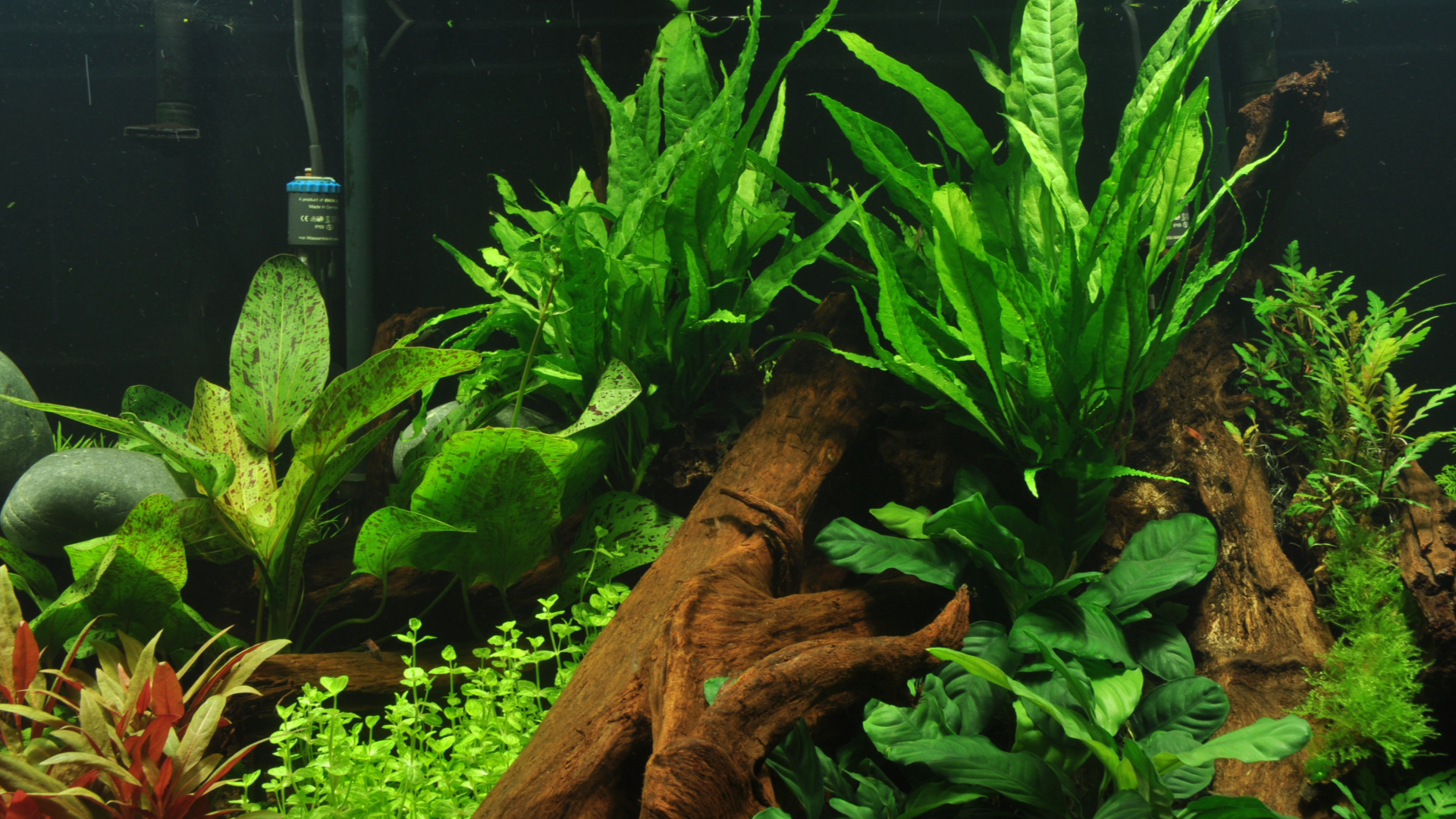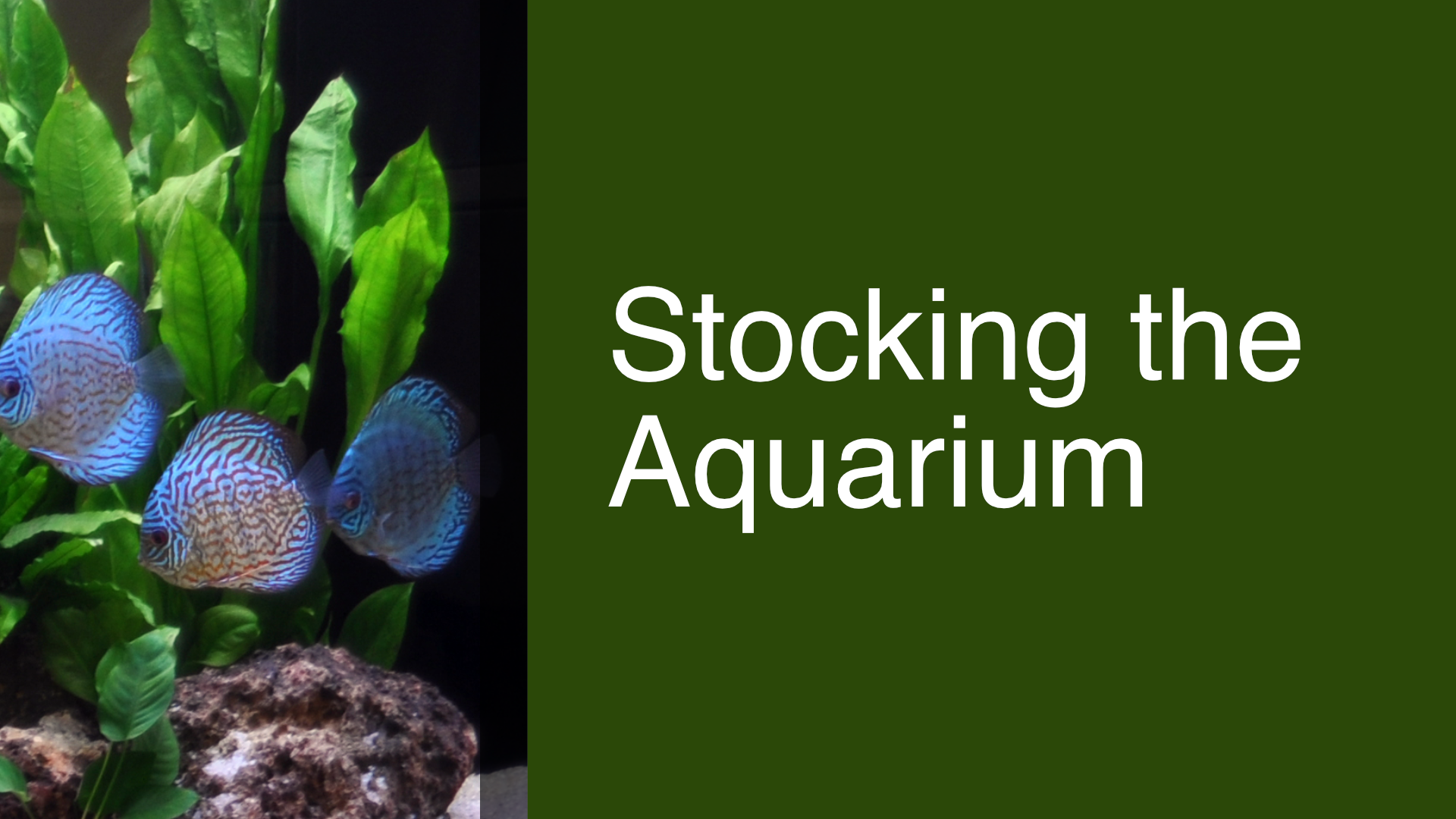Planted Tank 101

So you want to start a planted aquarium…
While
there are lots of options for planted tanks, this will be a discussion for the
complete novice looking to start in the planted aquarium world.
What Type of Planted Tank is Best for Me?
Planted
tanks are generally described by their intensity of care and or needed
equipment. Low-Tech tanks are usually ones with dimmer lights, lower end
filtration, and no supplemented CO2 (more on this in the equipment
section). On the other end of the spectrum, Higher Tech tanks are ones that
probably have strong filtration, powerful lights, CO2
supplementation & even bells and whistles like dosing pumps for specific
nutrients to be added as plants consume them. Obviously, there are some
aquariums that fall somewhere in the middle – and what you do will largely
depend on what type of plants you want.

The Aquarium
Almost
anything works here. People are growing plants in aquariums as small as a few
gallons, and also as big as hundreds of gallons! Obviously as size goes up,
things like filtration and lighting get more expensive in total, but usually
are cheaper in a gallons per dollar spent on lights, filters, co2 etc. For a
beginner I would recommend something no smaller than 10 gallons (smaller
aquariums are more prone to swings in stability that cause issues in any aquarium)
and no larger than 75 gallons.
The Equipment
A
variety of things will help you on your journey in the planted aquarium world.
Here are a few staples that must be considered by anyone looking into a planted
aquarium.
- Filter: Flow plays a big role in keeping the water clean, providing flow for algae management, and processing fish waste into nutrients that aren’t harmful for the fish and provide energy for the plants. Filtration can be as simple as a sponge filter for some “low tech” tanks, or as advanced as large cannister filters. Some planted tanks make use of sump filtration – but sumps are a great way to release co2 from your water – and plants need co2 to grow! This means that if you choose to run sump filtration with your planted aquarium, you will more than likely want to supplement your aquarium with CO2.
- Lights: Photosynthesis is the process by which plants other photosynthetic life take sunlight, water, and carbon dioxide (CO2) to make sugar and oxygen. Picking an appropriate light is important. Planted aquariums require more light than a fish only aquarium, but not as much as say a reef aquarium where people grew live corals. PAR (photosynthetically active radiation) is a measurement of how much light can be used for photosynthesis. At a bare minimum a planted aquarium should have 15 micromoles of PAR – but this would only be sufficient for a “low-tech” aquarium. Local reef keeping or planted aquarium clubs can be a good place to find PAR meters for rent or sharing among members so that you can determine exactly what’s going on in your aquarium without having to break the bank on an expensive probe!
- Heater: While not entirely necessary, a heater will be needed for tropical plants, fish, and other life like shrimp in the tropical aquarium hobby. Get one that is appropriately sized for your aquarium!
- Other Equipment: Since this is an introductory article, we wont dive too far into these things, but supplementation with a CO2 system designed for planted aquariums comes in a variety of shapes and sizes for every kind of aquarium and most budgets. It is the first step in moving towards medium or high tech planted tanks and helps your plants grow vigorously and control nuisance algae issues. Dosing pumps can be used in high tech tanks for those who need to add nutrients daily because their plants consume so much with higher levels of light and CO2 in the aquarium.

The Hardscape
Hardscape
is things like substrate, rock, driftwood and botanicals that you will use to
decorate your tank, but are not alive like the plants. There are a ton of great
options that allow for a ton of artistic creativity when creating the layout
for your planted aquarium.
- Driftwood: Wood that goes into an aquarium should be soaked so that it sinks, and should be weathered and dried to have removed any pests or any other contamination. Adding driftwood you have found in nature is possible, but the risks are adding contaminates (things living on the wood that die, or harmful things living in the water you got the wood from) and some wood can actually leach chemicals that can harm aquatic life. There are plenty of good resources online for what types of wood are good additions for aquariums.
- Rocks: Similar contamination concerns with the above – google your rocks to make sure they are safe for aquariums, and give them a good cleaning or even boil them to sterilize them before adding them to your aquarium.
- Substate: Different plants have different needs here. Some plants, such as Anubias sp. grow off of a rhizome that cannot be buried in the substrate. Other plants will need a fine substrate to hold their roots down. Substrate you will be planting plants in should be fine (as to not damage roots and allow them to spread) and can be designed for planted aquariums with some nutrients to feed the plants. Root tabs can also be purchased and buried under the substrate in the root zone if you choose to go with a substrate that isn’t designed for planted aquariums.
- Botanicals: This is a large category ranging from leaves, to bark, cones, and seed pods that create a more natural habitat, release tannins which can give your aquarium a brown tint similar to some “blackwater” environments in nature, make micro habitats for small aquatic life and possibly even have some heath benefits for fish. Collecting your own botanicals can be fine – just research the plants to make sure they aren’t toxic, dry them completely, and sterilize them in a microwave or in boiling water. As always – make sure anything you collect comes from an area unaffected by chemicals such as pesticides or herbicides.

There are several things to consider when choosing the livestock that will live in your aquarium. First and foremost, the inhabitants need to be of appropriate size and demeanor for one another and the size of the aquarium. Some fish, such as goldfish, like to eat plants and should be excluded. Other fish such as cichlids frequently like to move substrate, décor and plants and so if plants were to be featured in an aquarium with them, they should be attached to large parts of the hardscape to prevent this from happening.
The Star of the Show…the Plants!
Now
that you have chosen your aquarium, and gotten equipment, you have an idea
about what your “tech” level is and can easily choose plants that will grow
well for you. Some classic easy growing plants for beginners with almost any
level of tech include species in the following genera:
- Anubias: A good low light plant that spreads along a rhizome. Grows slowly and the rhizome should never be buried in the substrate. Secure this plant by using fine string, fishing line, or superglue to attach it to part of your hardscape.
- Cryptocoryne: Another good low light plant – but this one is a heavy root feeder. Bury the roots in a planted tank substrate, or supplement with root tabs designed for planted tanks. Many “Crypts” will greatly accept both at the same time!
- Vallisneria: This is a plant that can get quite tall – so its best in larger aquariums. Another plant that will enjoy root supplementation.
- Echinodorus: The “Sword” plants can get big but come in a variety of sizes. They grow and reproduce rapidly, are hardy to a wide range of aquariums, and enjoy root feeding as well.
- Mosses: Mosses do well in low light tanks and create great places for young fry and naturally occurring fish food in the aquarium to live and hang out. Java moss and Christmas moss are the two most commonly found – and can be attached to hardscape in a similar way to Anubias as mentioned earlier.
- Floaters: Things like duckweed, red root floaters and others can help reduce issues with too much light or nutrients – but be careful, they can also grow so fast they block out everything under them.
Conclusion
Like most
aquariums, nothing good happens fast. Wait for your aquarium to be cycled and
stable before adding plants. Remember the rule of thirds when planning an
aesthetic aquarium – we find this and leading lines to be visually appealing (a
good example of both would be a piece of driftwood that fit 1/3 or 2/3rds of
the aquarium, with lines drawing your gaze back to a focal point. Lastly try to
create a foreground and background in an aquarium – starting with small plants,
and gradually getting bigger plants as you move towards the back of the tank.
Planted aquariums are a great way to bring life into a home and have fun
enjoying watching things come together and replicate any ecosystem you can
imagine from around the world. As you become more advanced you can even accept
challenges like trying to make aquariums with plants, fish and invertebrates
all from the same locations!